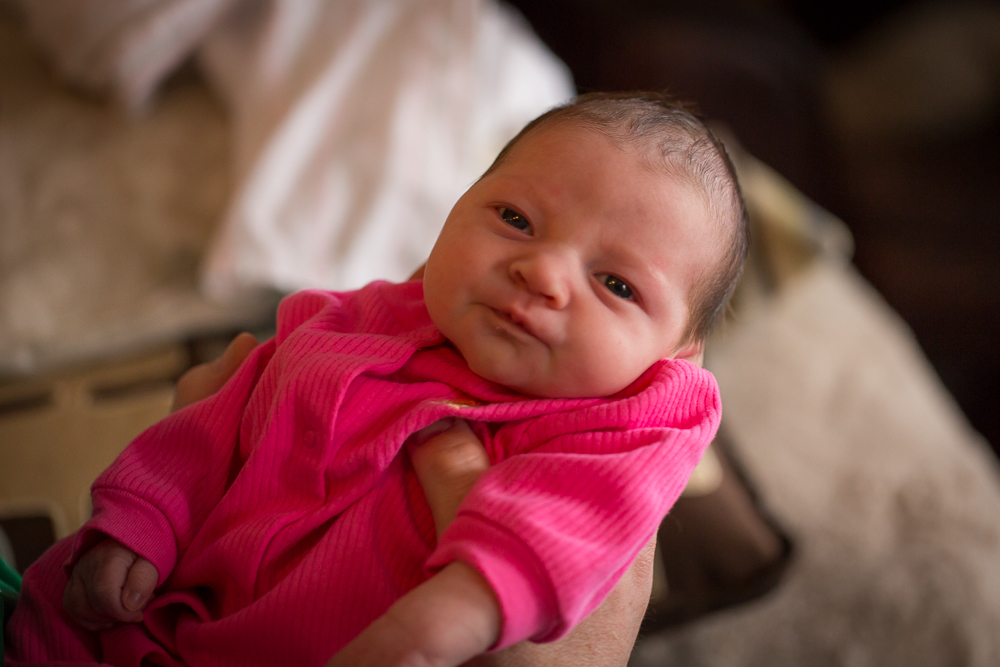-
Super Moderator

The general rule of thumb is that you are gaining 2 stops of usable ISO performance with FF over a crop sensor. Since you lose 1 stop going from f/2.8 to f/4.0, purely in terms of light hitting the sensor (ignoring DoF), you should gain at least 1 stop of light going to FF with the 24-105 over a 70D with an f/2.8 lens. My experience is that I can use the 24-105 f/4 in well lit rooms, for example when daylight is pouring in through the windows. I typically shoot indoor night shots at ~f/2-f/2.8 with my 50 f/1.4 (which I much prefer to the 50 f/1.8--but your wife may not like primes from the sounds of things) or the 100 mm L macro. This is with the 5DIII.
Also remember that you will be able to use that AF center point to better focus in lower light. I think that may be a good starting point, if you can quickly AF with the T3i, the f/4 lens will likely be fine, as I said, a 1 stop improvement. But for shots where you T3i is having trouble with AF, you will likely need a f/2.8 (or faster) lens, even on a FF.
EDIT--I thought I'd provide some examples of indoor night time shots:

small-6317 by kayaker72, on Flickr
This was shot at 1/50, f/1.4, ISO 3200 in a room lit with a single 100 W (tungsten equivalent CFL). It would have been ISO 25,600 at f/4 (really stretching the FF) or ISO 12,800 at f/2.8. I do sometimes go to ISO 12,800 on the 5DIII, but prefer lower. There are trade offs the higher ISO you use.

small-2812-2 by kayaker72, on Flickr
This was 1/80, f/2.8, ISO 2000 in a relatively dimly lit living room. f/4 and ISO 4000 would have likely been fine. But if you want 1/160 to better capture motion, f/4 you would have needed ISO 8000, which can be acceptable, but you are approaching the upper limits.
I hope that helps.
Last edited by Kayaker72; 09-21-2013 at 12:21 PM.
 Posting Permissions
Posting Permissions
- You may not post new threads
- You may not post replies
- You may not post attachments
- You may not edit your posts
-
Forum Rules








 Reply With Quote
Reply With Quote